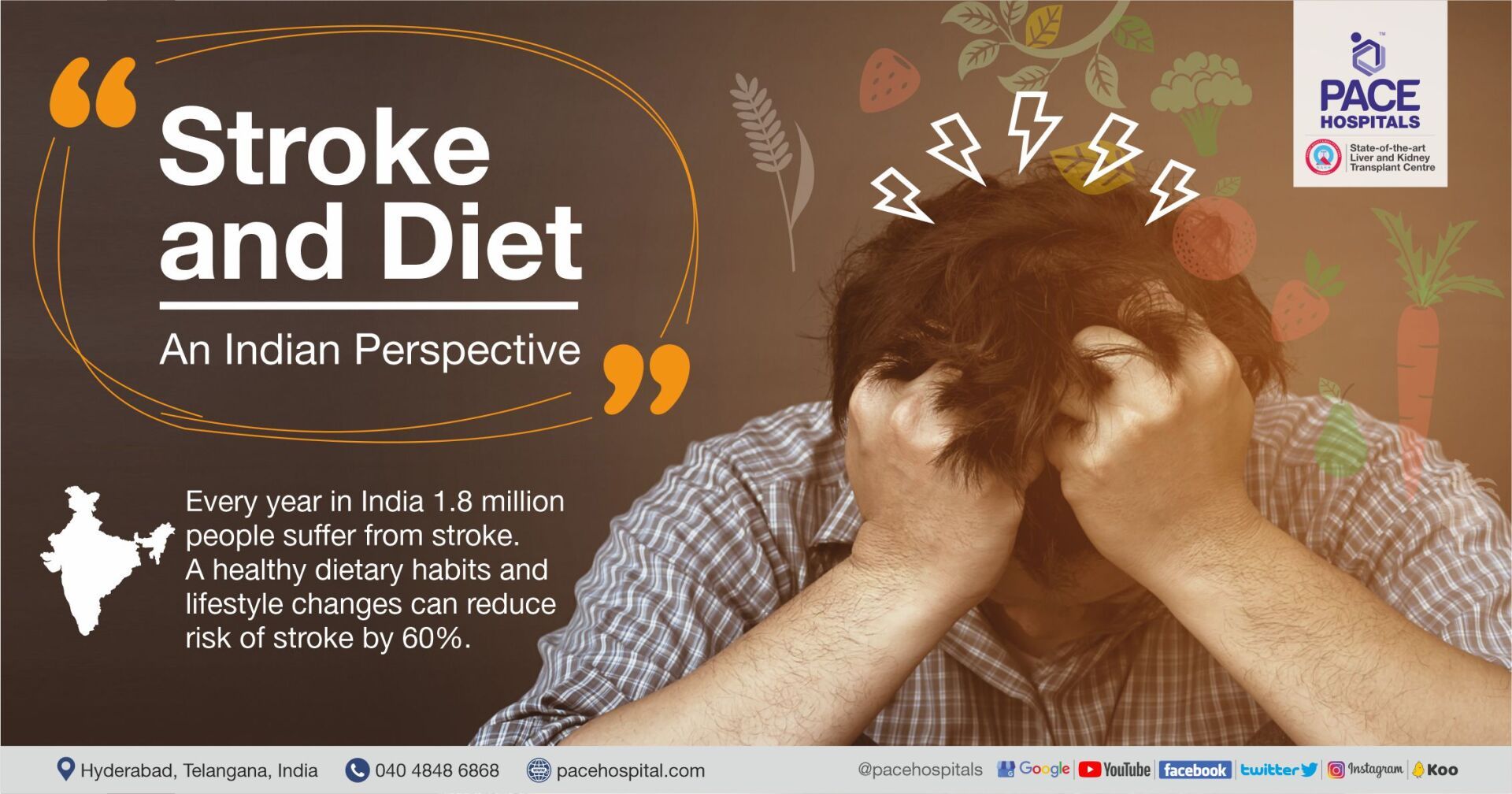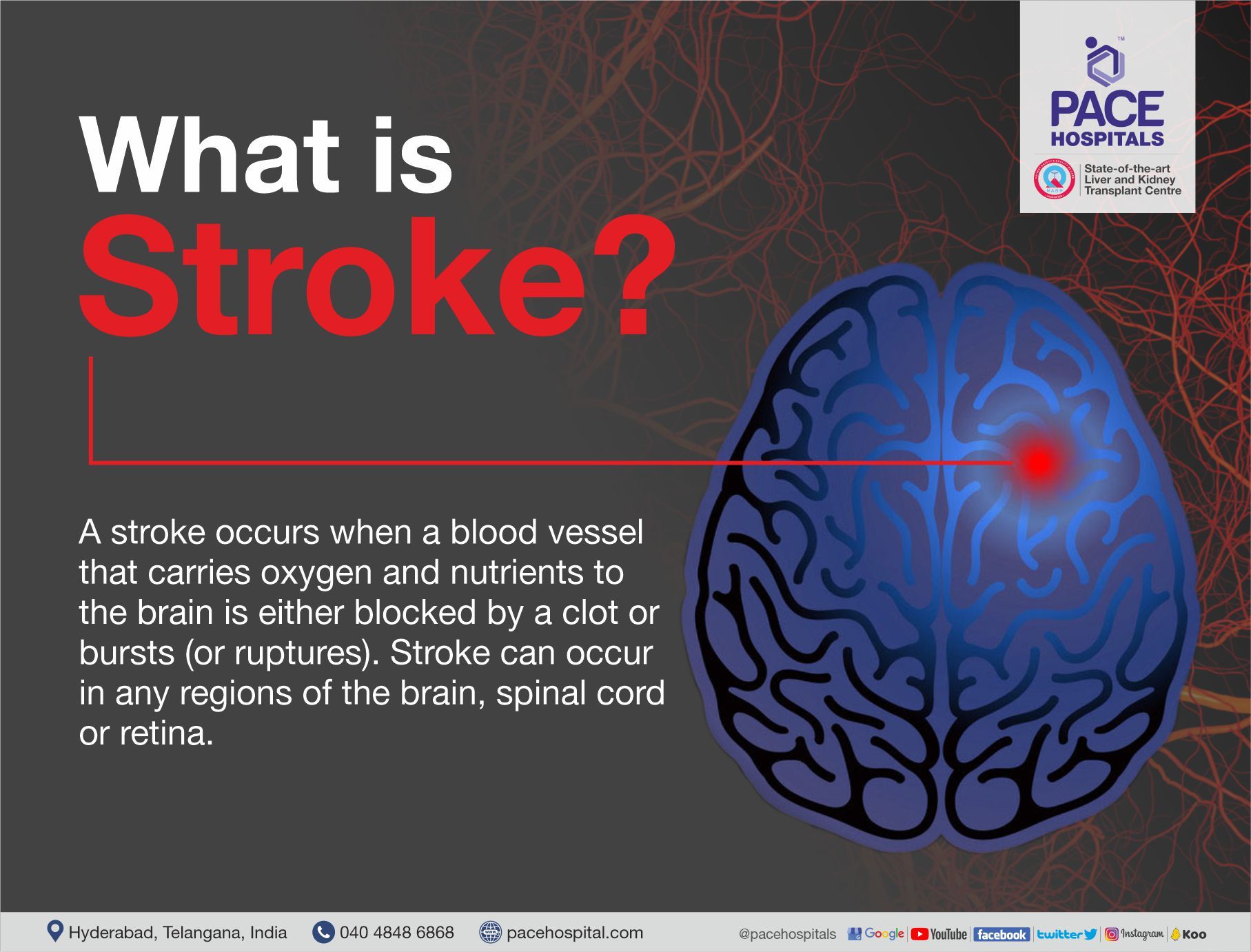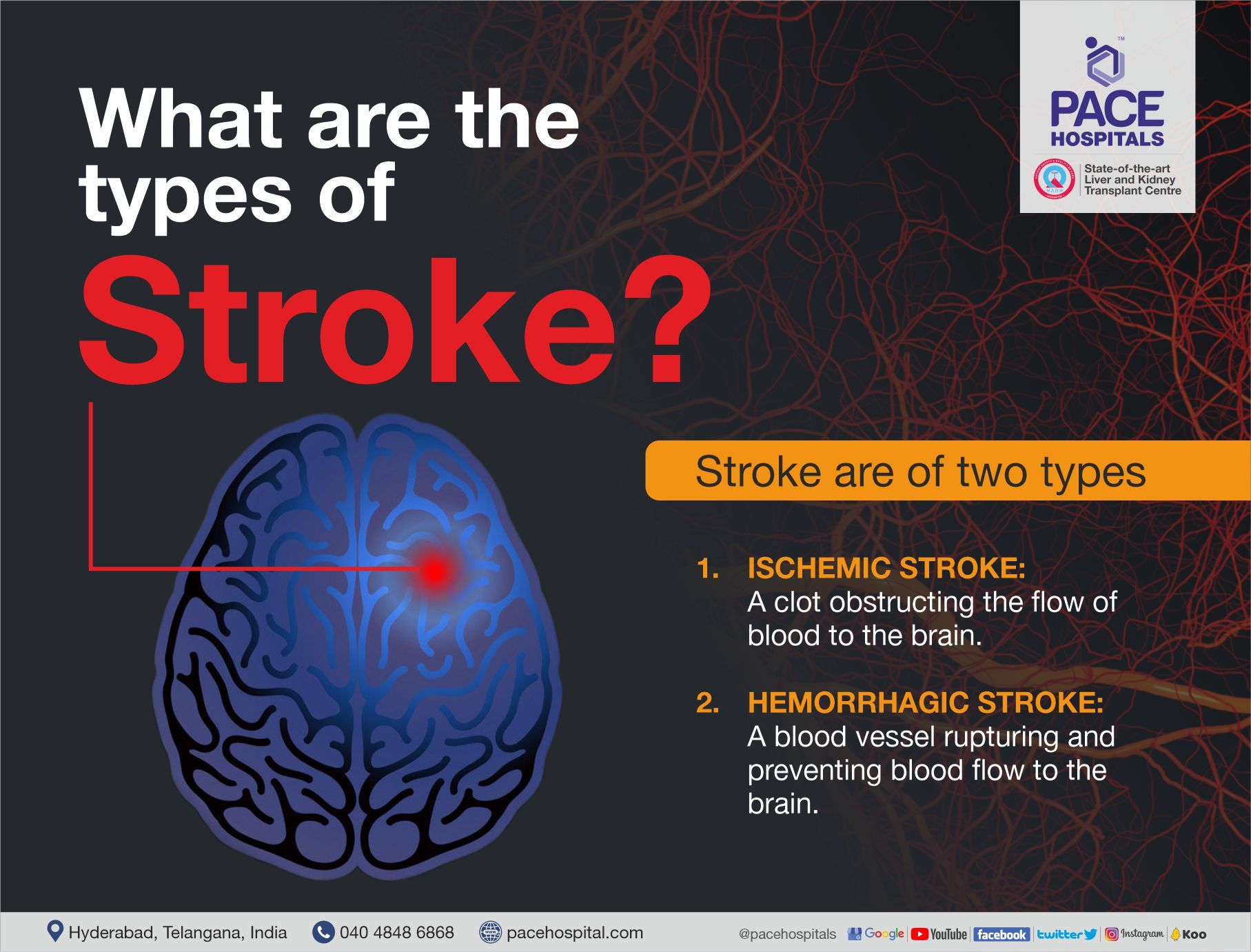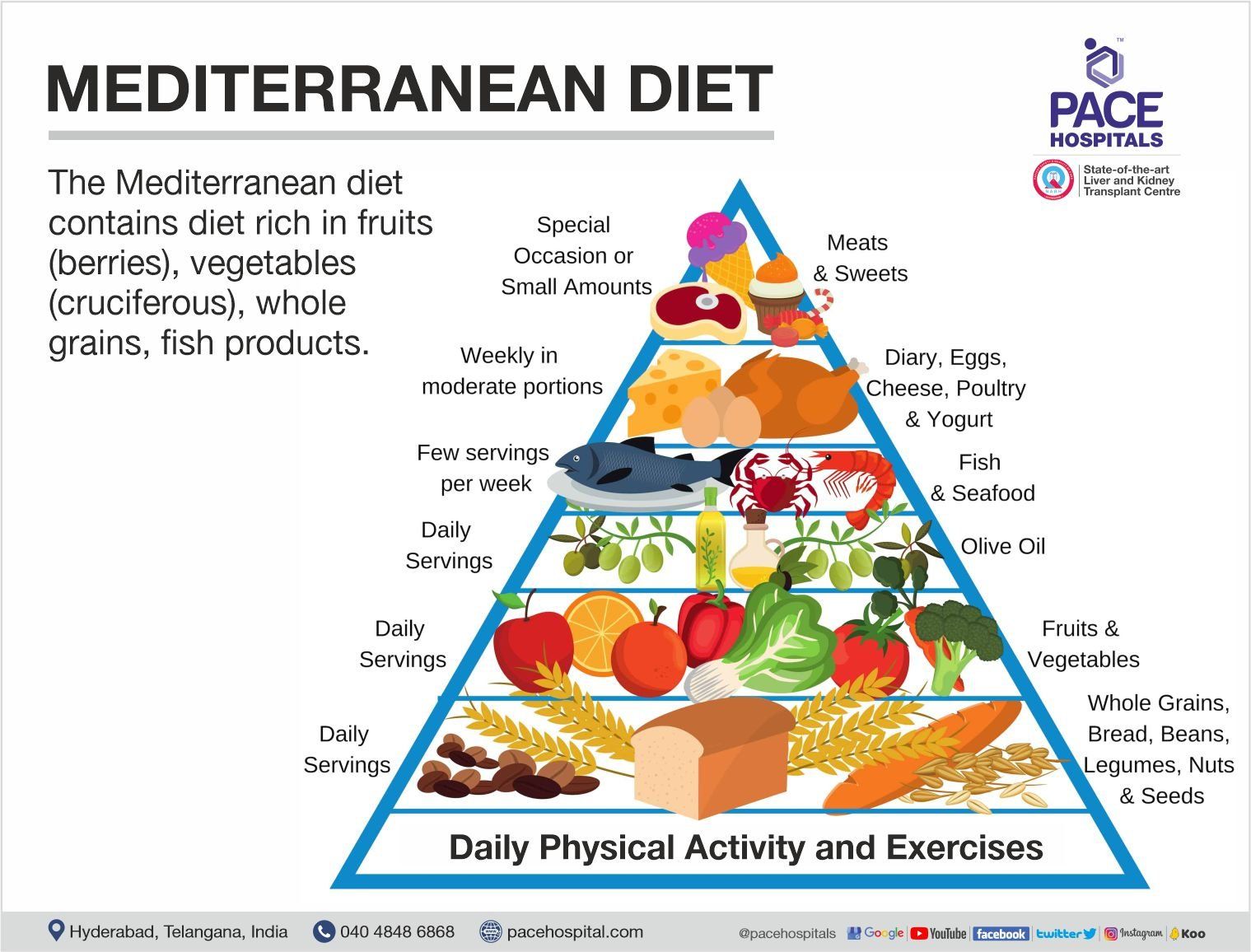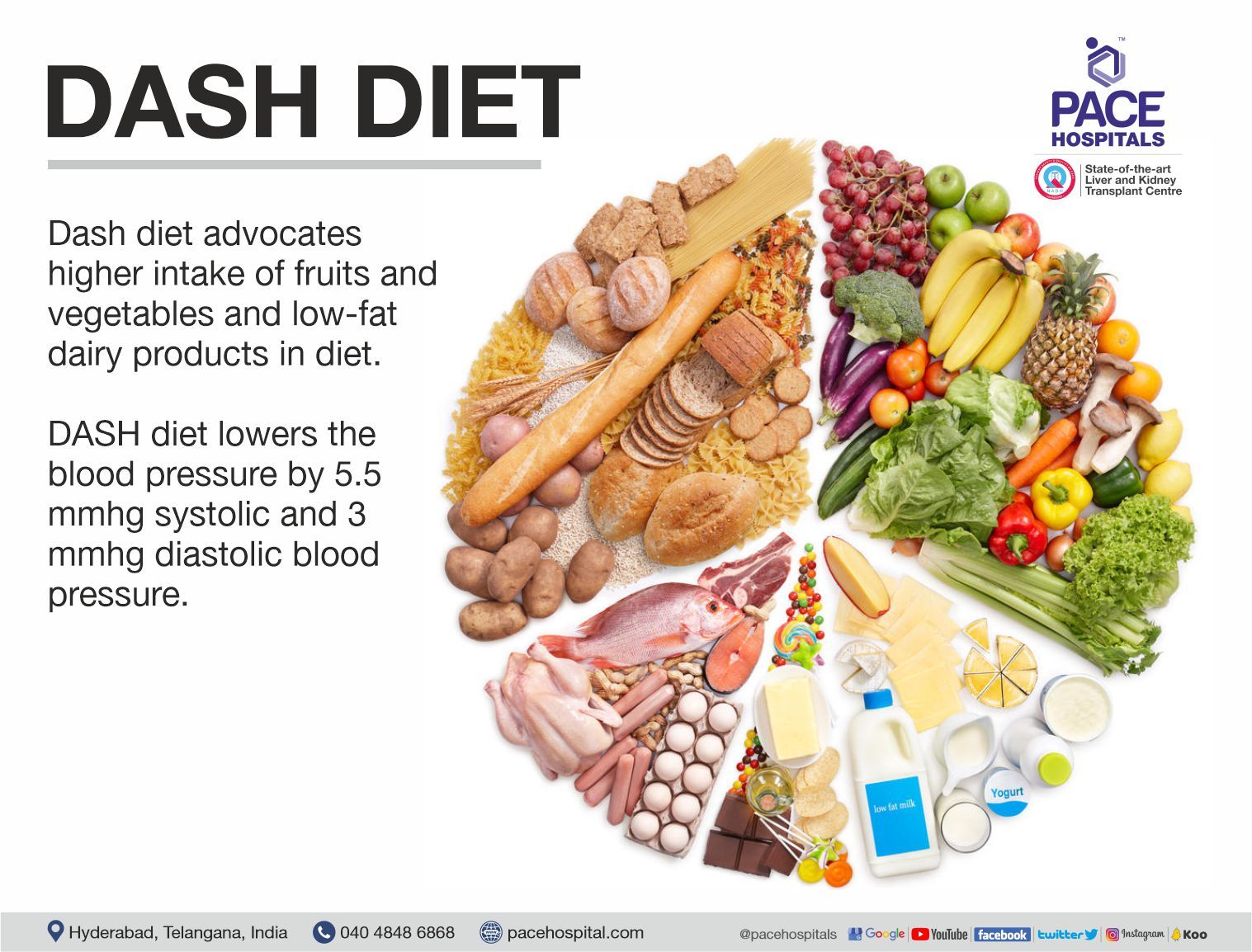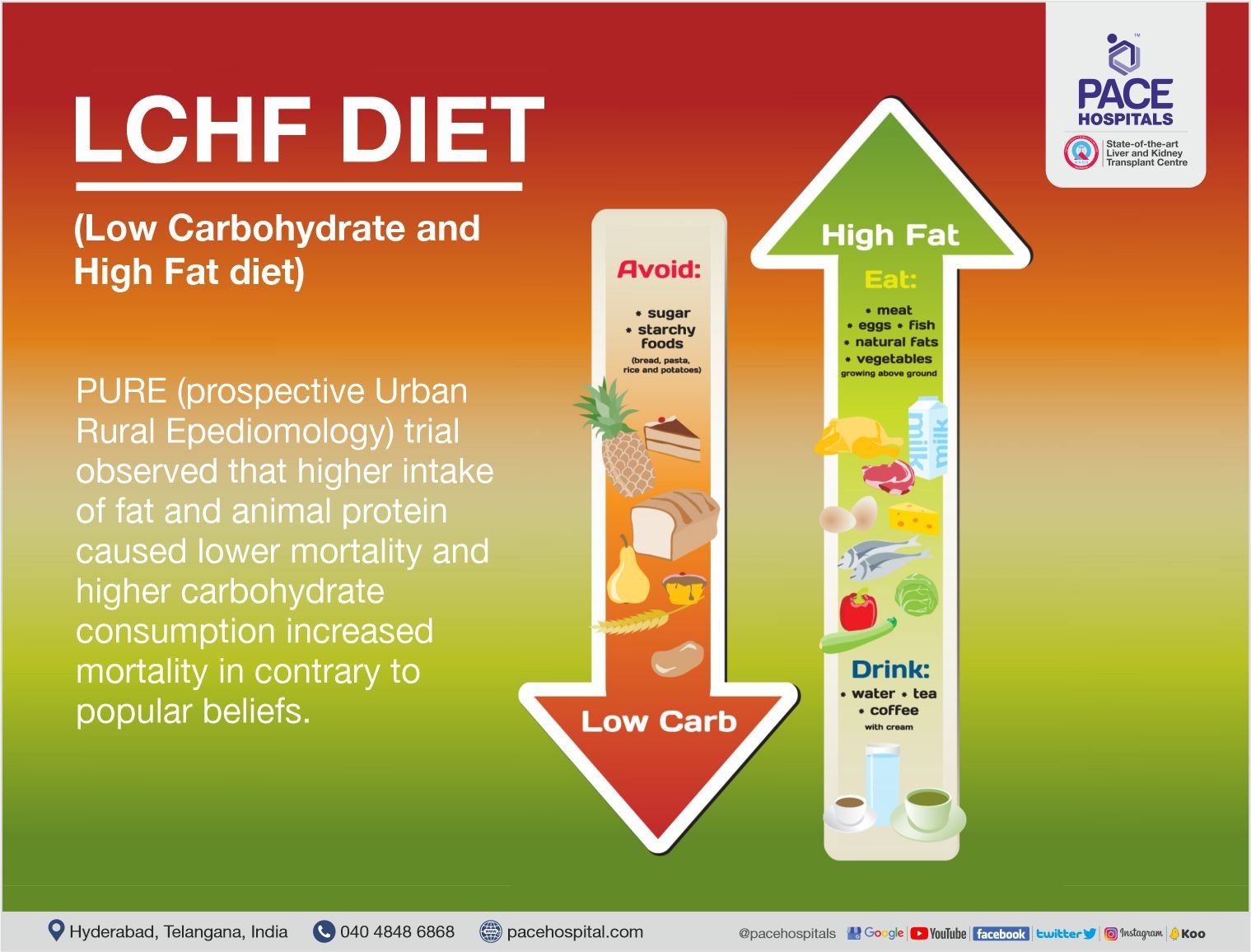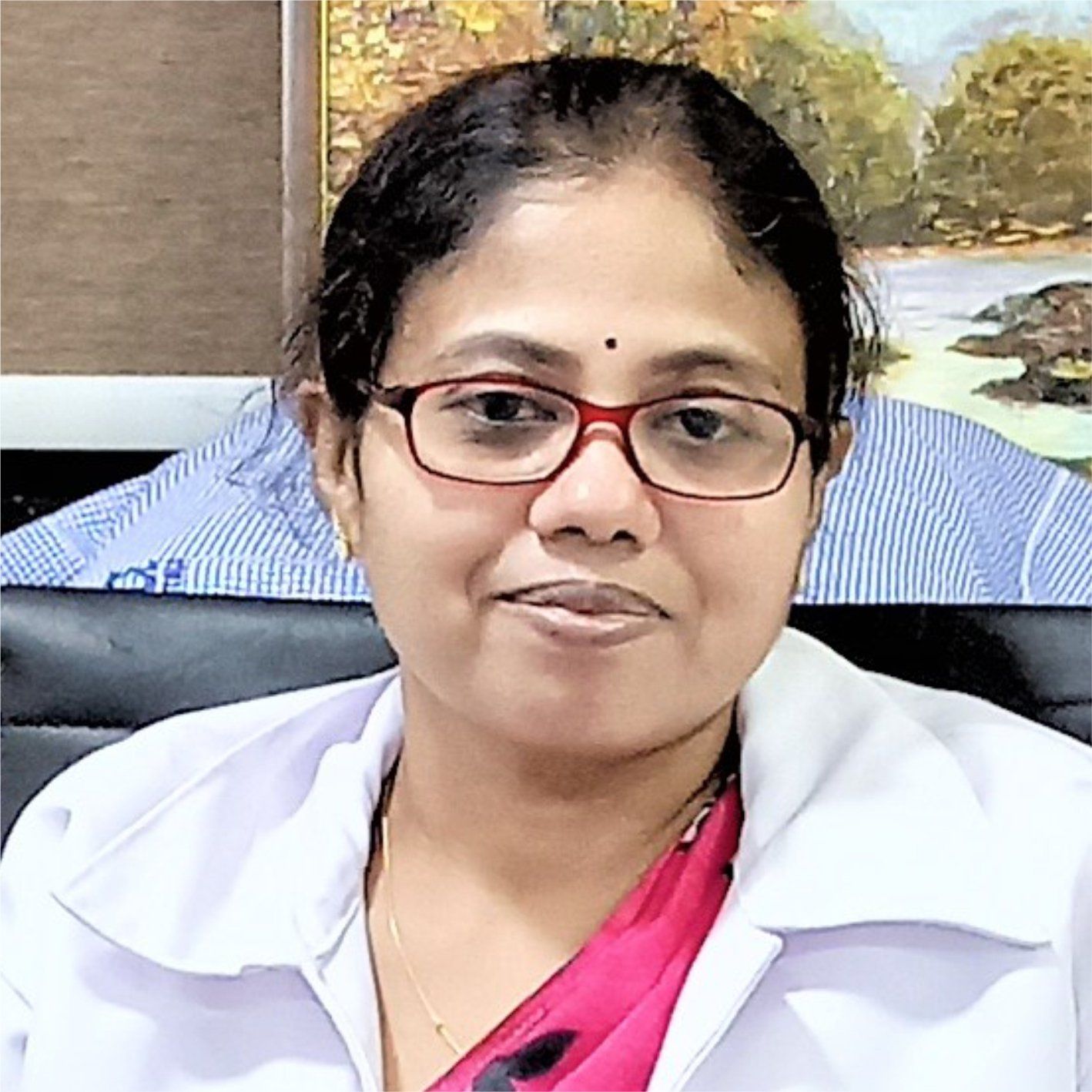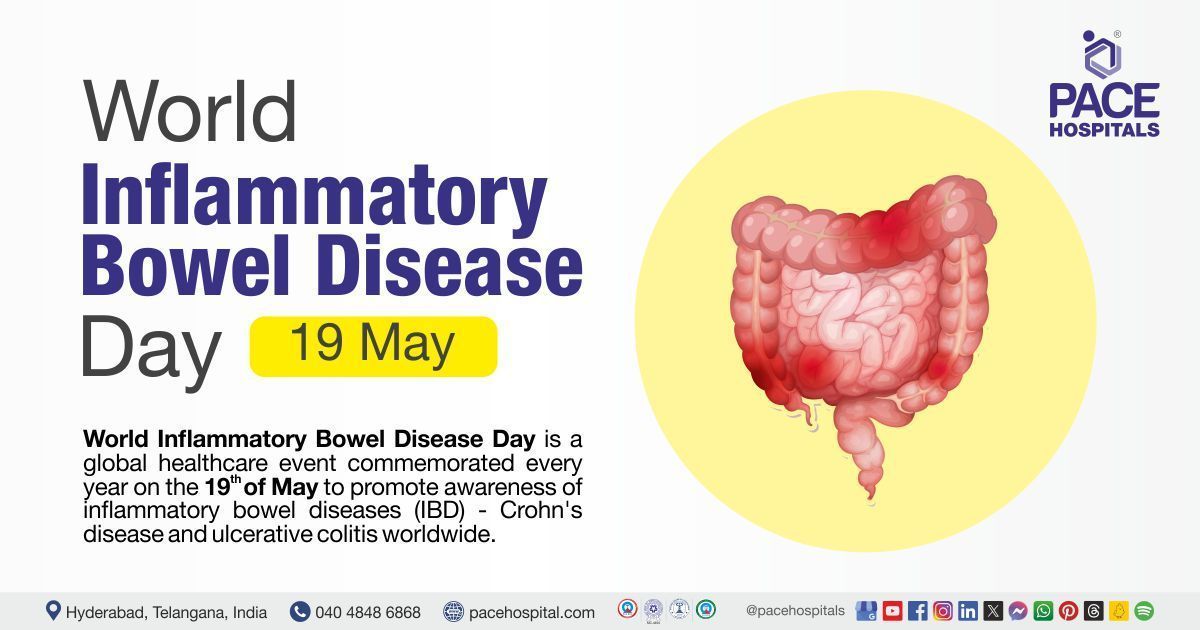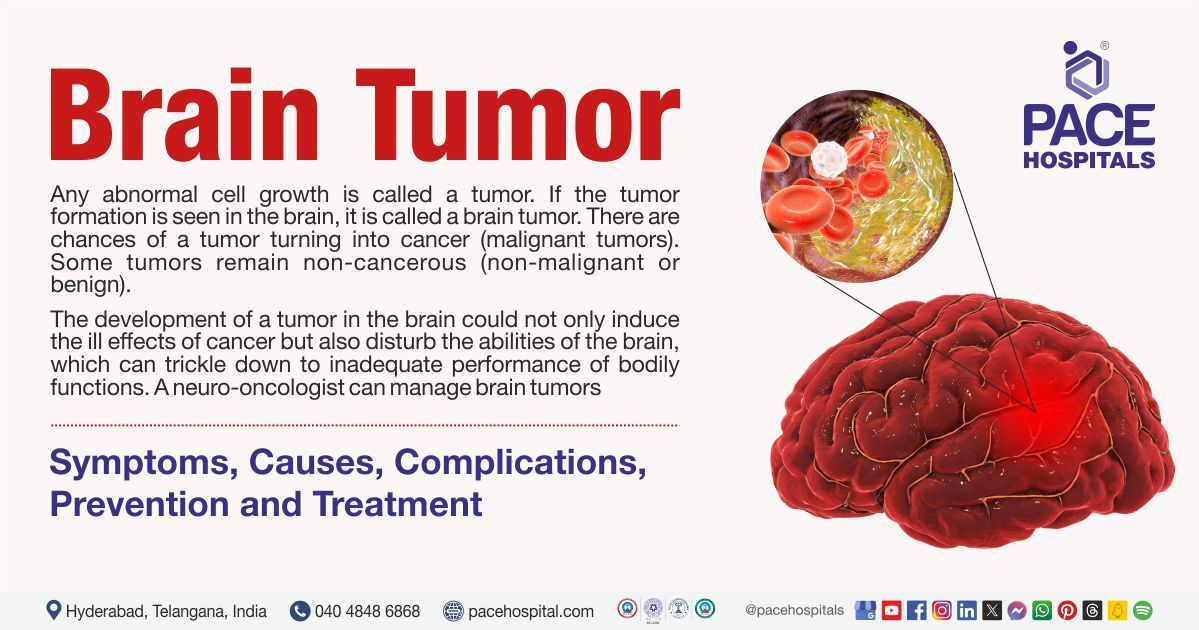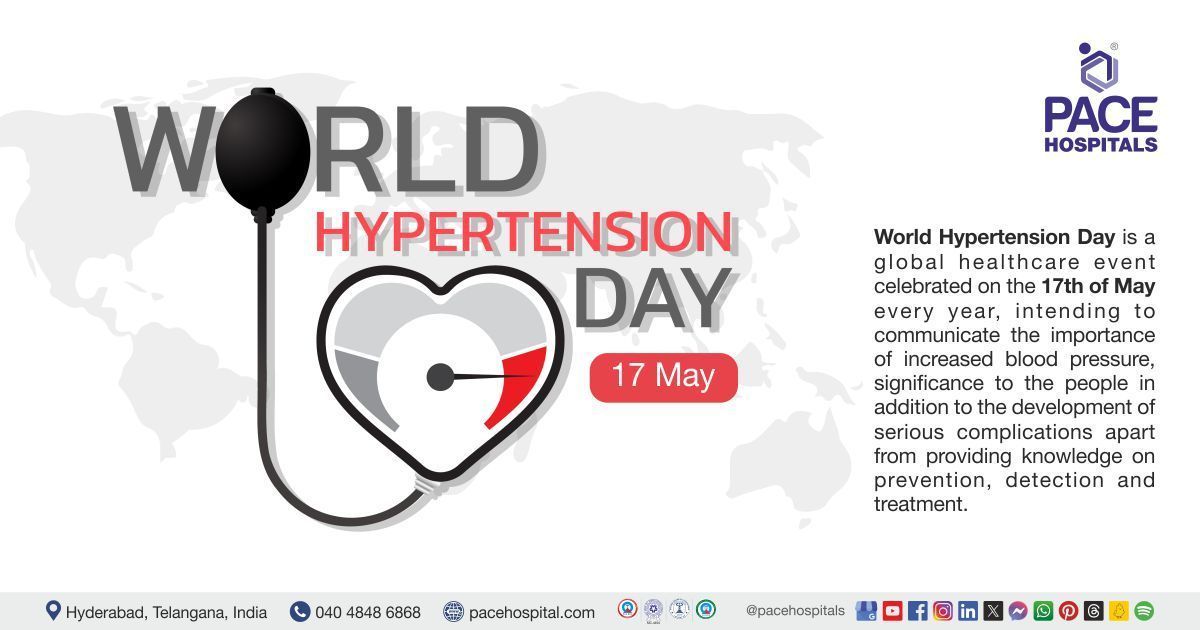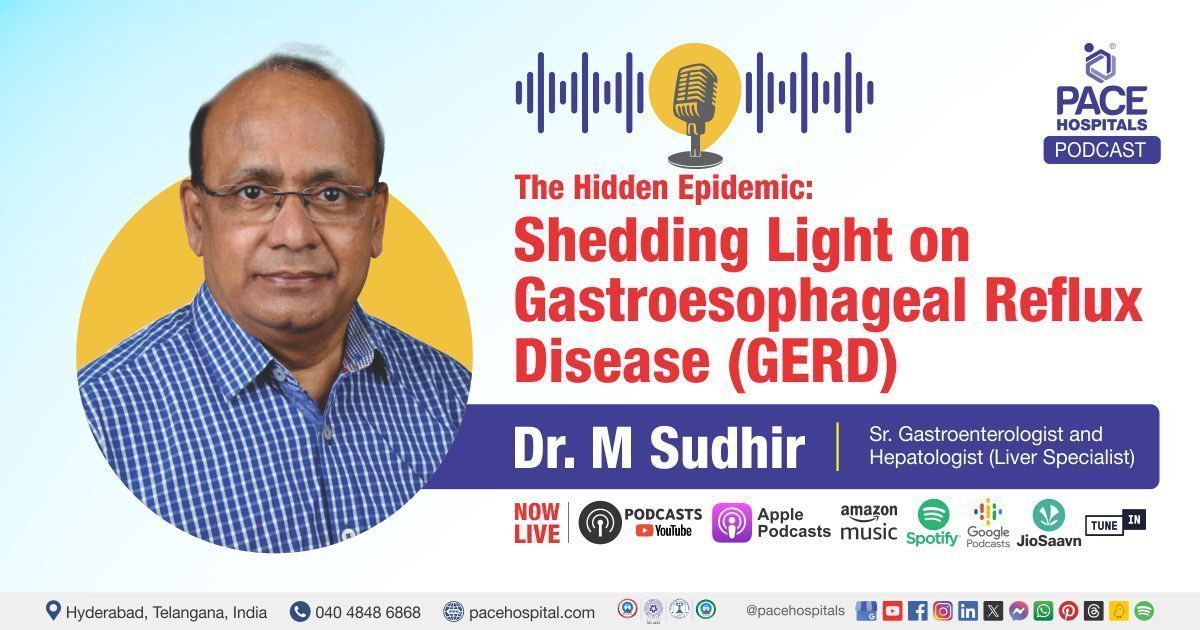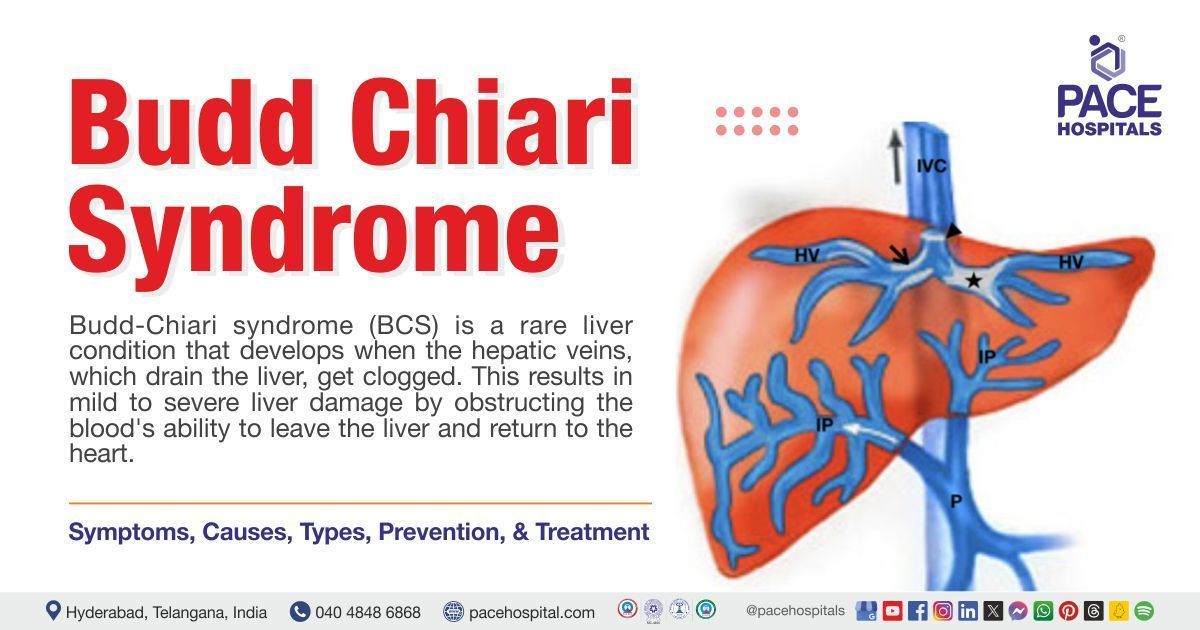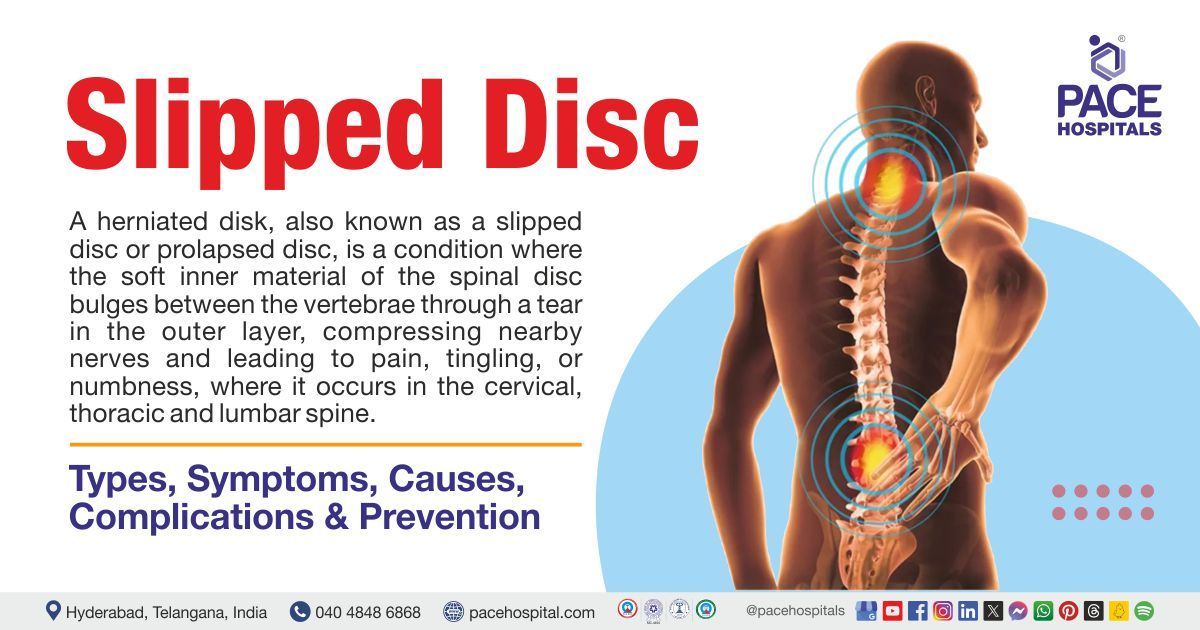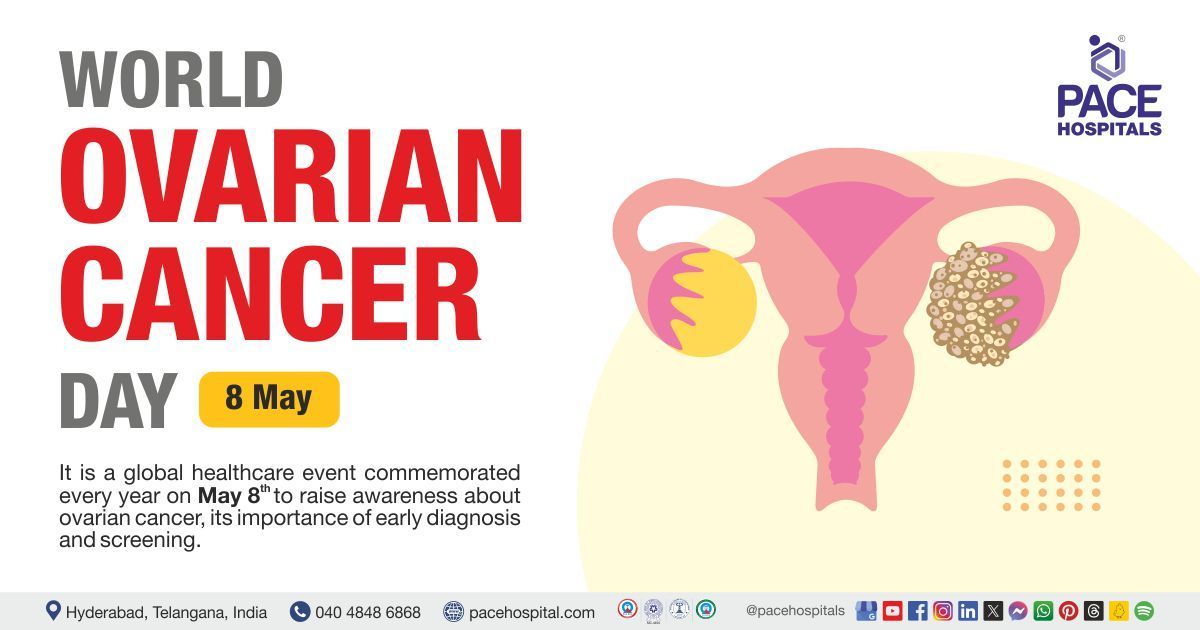Stroke and Diet - An Indian perspective
What is stroke?
A stroke occurs when a blood vessel that carries oxygen and nutrients to the brain is either blocked by a clot or bursts (or ruptures). When that happens, part of the brain cannot get the blood (and oxygen) it needs, so brain cells die. Stroke can occur in any regions of the brain, spinal cord or retina.
What are the types of stroke?
Stroke are of two types, Ischemic and hemorrhagic stroke. Stroke can be caused either by a clot obstructing the flow of blood to the brain (called an ischemic stroke) or by a blood vessel rupturing and preventing blood flow to the brain (called a hemorrhagic stroke). A TIA (transient ischemic attack), or "mini stroke", is caused by a temporary clot.
Prevalence of stroke in India
Stroke is the second leading cause of death and disability worldwide. Stroke incidence in India is higher (194-215 per 100,000 population) in rural areas as compared to the national average (119-145 per 100,000 population. It was the Framingham heart study trial in 2001 which has first identified the role of dietary habits for prevention of atherosclerotic cardiovascular disease. Majority of secondary prevention strategies for Ischemic stroke are directed towards pharmacotherapy with antiplatelet and statins, while dietary modifications are not projected. However, dietary and lifestyle modification can reduce stroke risk by 60%. Hence, Diet and nutrition play an active role in prevention of stroke. The below article summarizes the dietary intake, dietary patterns and risk of stroke among Indians and provides readers to modify dietary habits to prevent stroke.
According to the Indian Stroke Association, December 2019, the burden of stroke has increased to 100%. Every year in India, 1.8 million people suffer stroke. According to the estimated total population, 1381.57 million in year 2020, are affected with stroke in India.
Diet and stroke
Diet and stroke are interrelated. Health of an individual depends on the diet consumed. A healthy dietary habit plays an important role in prevention of atherosclerotic cardiovascular disease, Modification in dietary habits and lifestyle changes can reduce risk of stroke by 60%. However, the scenario is different in India, as there is no uniform diet or average diet followed by Indians. There exists diversity in dietary pattern in different parts of the country due to varied cultural, regional and religious practices. India has a rich and highly varied cuisine. Given the diversity in soil, climate, culture, ethnic groups, and occupations, these cuisines vary substantially and use locally available spices, herbs, vegetables, and fruits.
Rural versus Urban dietary habits:
Increased urbanization has a tremendous impact on one’s lifestyle and dietary preferences. This has led to an increased risk of obesity and non-communicable diseases. The population who had migrated to urban regions were found to have higher calorie intake. Lower fiber content in the diet (fruits and vegetables) makes the rural population more vulnerable to stroke. It was also observed that meat and dairy intake were higher in migrant and urban participants than rural participants (p<0.001), however regional variations existed. Hence rural to urban migration and their dietary patterns appear to have both positive and negative effects on stroke.
Further recently it was found that variation in food consumption depends on the income whether they stay in rural or urban regions in India. Influence of urbanization depends on food consumption, diversity based on infrastructure, market access, and percentage working women in urban areas, norms and institutions.
Dietary pattern studies:
Based on systematic review of published literature, there are forty-one dietary patterns in India. The most common food groups across all patterns were vegetables (16 out of 41 patterns), cereals (13 patterns), fruits (10 pattern), meat (9 patterns), pulses (8 patterns) and dairy products (8 patterns) respectively. Less frequent were snacks and sweets (6 patterns) Sweets and snacks were more likely to characterise diets in the East and South India, whereas fruits and vegetables were more likely to characterise diets in the North and Western India. Meat or fish consumption were more likely to characterise diet from East and South than from North and West India.
Further, men and women had very similar dietary patterns and there was no difference in food groups among different age groups. Calorie share of whole grain was higher while those of fruits, vegetables, legumes, meat, fish and eggs were significantly lower in India
Dietary pattern and relationship with health outcome:
Dietary pattern and outcome of health depended on body size: body mass index (BMI), waist circumference or abdominal adiposity. Some studies reported association of higher BMI waist circumference or abdominal adiposity with diabetes, hypertension and abnormal cholesterol levels. It was found that high-fat and high-sugar foods such as sweets, snacks and animal products had significantly greater body size.
A dietary pattern characterised by fruit, snacks and meat was associated with significantly smaller body size. Dietary pattern defined by consumption of vegetables, sweets, fruits, pulses, nuts, poultry and eggs had significantly lower cholesterol. Presence of snacks in the dietary pattern has an unfavourable risk factor profile, as snacks in India are usually high fat, high-salt fried foods. A traditional diet high in fruits, vegetables, pulses and nuts was associated with lower cholesterol and may have a healthier profile.
Dietary patterns and stroke:
Majority of stroke are Ischemic (80%) than Haemorrhagic. There exists multiple modifiable risk factors for Ischemic stroke, among them hypertension is the major risk factor for Ischemic and Haemorrhagic stroke from Indian stroke registries.
Other risk factors were hypercholestremia, diabetes Mellitus, alcohol consumption, smoking and sedentary lifestyle. Healthy dietary pattern like low intake of salt and high intake of fruits which are rich in potassium can reduce hypertension. As the daily salt intake increases, there is increased risk of myocardial infarction (MI) and stroke (both Ischemic and haemorrhagic). As consequences of MI, a person is more prone to left ventricular dysfunction (LVD), low ejection fraction, left ventricular clot (LV clot), arrhythmia which in turn leads to cardio embolic stroke. Hence, change in dietary pattern and adapting a healthier diet can prevent primary and secondary stroke.
Dietary pattern and stroke studies from India:
There are only very few countable studies that linked dietary pattern and stroke from India. The first study that evaluated dietary pattern in stroke case was from Northwest India (Ludhiana). The study concluded that stroke patients from Northwest part of India consumed mainly milk and milk products, while fruits and juices formed small proportion of their diet. Hence, a dietary modification of higher intake of fruit juices and lower consumption of milk products would reduce stroke risk in this part of the country.
Another study to know the dietary pattern in adult patients with acute stroke was conducted in South India (Hyderabad). This study in Hyderabad (urban region) showed that majority of stroke patients were on traditional diet (rice intake in 98.6%, pulses in 40.6%) with higher consumption of carbohydrate. Hyderabad's study also observed a lower intake of green leafy vegetables, roots, tubers and fruits in stroke patients than healthy controls. Stroke patients also reported a higher intake of red meat, organ meat, chicken, alcohol consumption and a lower intake of prawn and crab, lower intake of water when compared to healthy controls and the difference was significant. Younger stroke patients had higher consumption of fruit juices and junk foods compared to their older counterparts. Consumption of tender coconut water was very less among stroke cases.
Hence, dietary modification in Hyderabad region (Telangana state: Southern part of India) is needed to prevent stroke. Higher consumption of green leafy vegetables, fruits, fish, and higher intake of water/day with lower intake of red meat, organ meat, snacks and pickles is the dietary modification advised to reduce the stroke risk. There is a dire need for such studies to establish both local and national dietary guidelines and recommendations. Ultimately, health depends on what we eat.
Diet and cardiovascular risk and stroke risk:
Stroke and Ischemic heart disease are the leading cause of death in India. Increased dietary intake of salt is a well-known risk factor for MI and stroke. On an average, an Indian consumes between 8.5 g and 15 g per day of salt as compared to western population (Average is 8.9 g per day among Americans).
People living in both urban and rural zones and both sexes were likely to benefit from reduction in dietary intake of salt, and expected benefits were largest among young urban men. Reduction in dietary salt intake of 3 gm per day would cause a rise in iodine deficiency, based on Indian studies. Thus, utmost care is exercised to prevent iodine deficiency with this salt restriction. Thus, reduction from present consumption of salt is a crucial step for control of blood pressure, which in turn reduces risk of stroke and ischemic heart disease in the Indian population.
Diet as a modifiable risk factor for stroke:
Diet plays a crucial role in the pathogenesis of stroke. Literature review showed that carbohydrate-rich diet causes obesity, and risk of developing diabetes mellitus Type II and higher consumption of dietary saturated fatty acid (SFA) is associated with stroke mortality in both the sexes.
Higher salt intake and red meat is associated with increased blood pressure, a significant risk factor for stroke. Intake of green and yellow vegetables, fruits, and whole grains which are high in fiber content are protective against ischemic stroke. Daily consumption of three or more cups of tea (green or black) is associated with a 21% lower risk of stroke compared to those who consume <1 cup/day.
Specialized diet:
There are some specialized diets which are internationally accepted and are available for stroke prevention. These specialized diets are Mediterranean diet, DASH diet (dietary approaches to stop hypertension), and LCHF diet (Low carbohydrate high fat diet).
Mediterranean diet: The Mediterranean diet is a diet with high intake of fruits, vegetables, cereals, nuts and olive oil; moderate intake of poultry, fish and wine; low intake of sweets, red meats and dairy products.
DASH diet: Dash diet advocates higher intake of fruits and vegetables and low-fat dairy products in the diet. DASH diet lowers the blood pressure by 5.5 mmhg systolic and 3 mmhg diastolic blood pressure.
LCHF diet: PURE (prospective Urban Rural Epediomology) trial observed that higher intake of fat and animal protein caused lower mortality and higher carbohydrate consumption increased mortality, in contrary to popular beliefs.
Recommendation:
On the basis of dietary pattern, author recommend higher intake of vegetables and fruits and lower intake of refined carbohydrates (rice), salt, pickles and alcoholic beverage consumption in Southern and Eastern region of the India. On the other hand, fish consumption should be encouraged along with lower intake of milk products in Northern and Eastern region of the country to prevent stroke. Also, customized dietary plan has to be formulated for those with additional risk factors like Diabetes, Hypertension and hypercholesterolemia.
Author
-
Dr Sandhya Manorenj
View ProfileConsultant Adult and Pediatric Neurologist
Request an appointment
Fill in the appointment form or call us instantly to book a confirmed appointment with our super specialist at 04048486868
Appointment request - health articles
Thank you for contacting us. We will get back to you as soon as possible. Kindly save these contact details in your contacts to receive calls and messages:-
Appointment Desk: 04048486868
Whatsapp: 8977889778
Regards,
Pace Hospitals
Hitech City and Madinaguda
Hyderabad, Telangana, India.
Oops, there was an error sending your message. Please try again later. We will get back to you as soon as possible. Kindly save these contact details in your contacts to receive calls and messages:-
Appointment Desk: 04048486868
Whatsapp: 8977889778
Regards,
Pace Hospitals
Hitech City and Madinaguda
Hyderabad, Telangana, India.
Our Locations
Subscribe to our newsletter and stay updated with the latest health information.
By clicking on subscribe now, you accept to receive communications from PACE Hospitals on email, SMS and Whatsapp.
Subscribe to PACE Hospitals News
Thank you for subscribing. Stay updated with the latest health information.
Oops, there was an error. Please try again submitting your details.
-

Payment in advance for treatment (Pay in Indian Rupees)
For Bank Transfer:-
Bank Name: HDFC
Company Name: Pace Hospitals
A/c No.50200028705218
IFSC Code: HDFC0000545
Bank Name: STATE BANK OF INDIA
Company Name: Pace Hospitals
A/c No.62206858997
IFSC Code: SBIN0020299
Scan QR Code by Any Payment App (GPay, Paytm, Phonepe, BHIM, Bank Apps, Amazon, Airtel, Truecaller, Idea, Whatsapp etc)
Call us at 04048486868
ADDRESS
PACE Hospitals
Hitech City : Beside Avasa Hotel, Pillar No. 18, Hyderabad - 500081
Madinaguda: Mythri Nagar, Beside South India Shopping, Madinaguda, Hyderabad - 500050
QUICK LINKS
Disclaimer
General information on healthcare issues is made available by PACE Hospitals through this website (www.pacehospital.com), as well as its other websites and branded social media pages. The text, videos, illustrations, photographs, quoted information, and other materials found on these websites (here by collectively referred to as "Content") are offered for informational purposes only and is neither exhaustive nor complete. Prior to forming a decision in regard to your health, consult your doctor or any another healthcare professional. PACE Hospitals does not have an obligation to update or modify the "Content" or to explain or resolve any inconsistencies therein.
The "Content" from the website of PACE Hospitals or from its branded social media pages might include any adult explicit "Content" which is deemed exclusively medical or health-related and not otherwise. Publishing material or making references to specific sources, such as to any particular therapies, goods, drugs, practises, doctors, nurses, other healthcare professionals, diagnoses or procedures is done purely for informational purposes and does not reflect any endorsement by PACE Hospitals as such.

